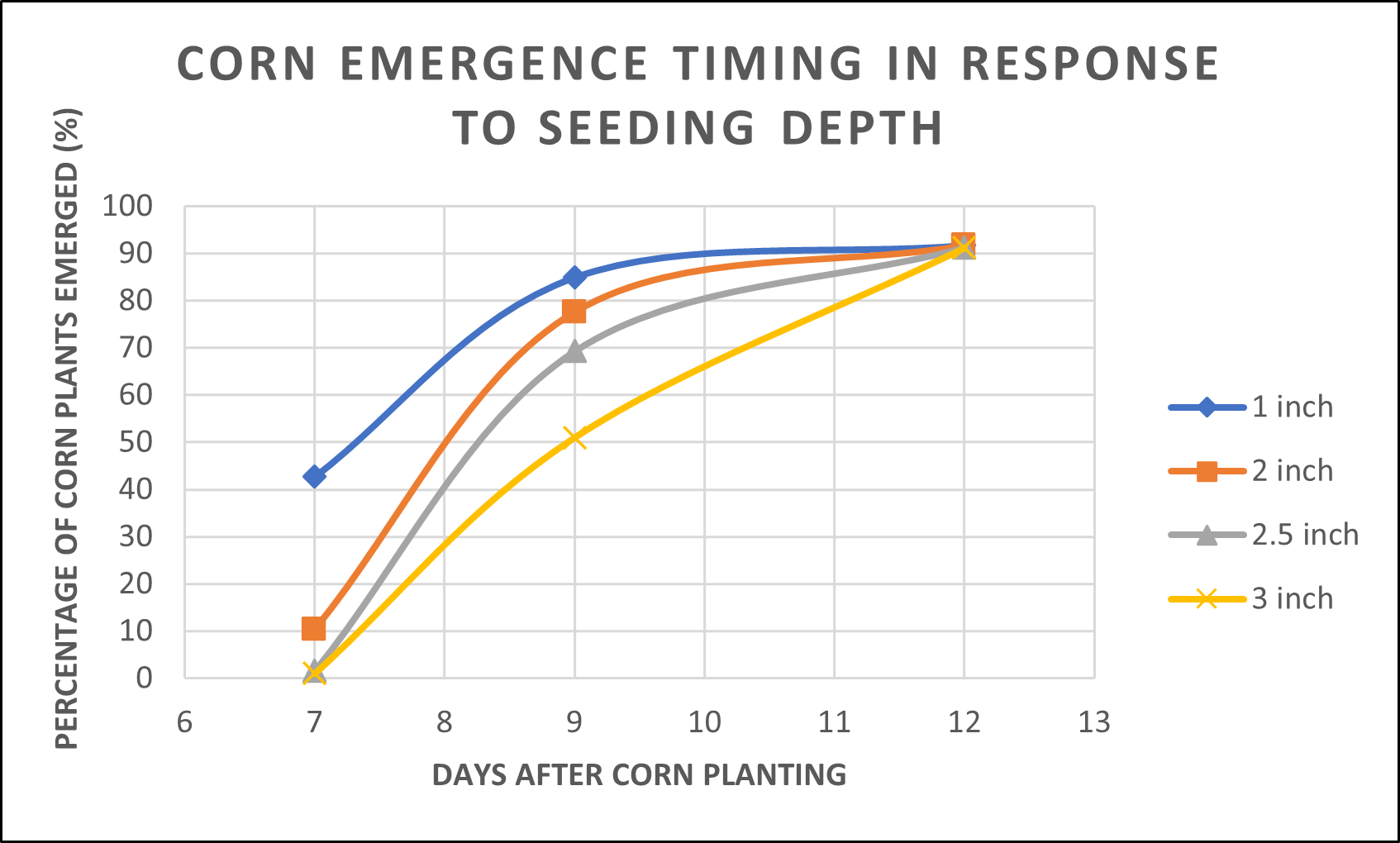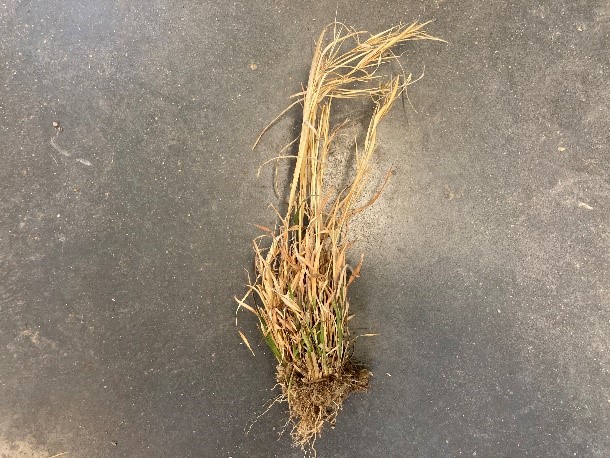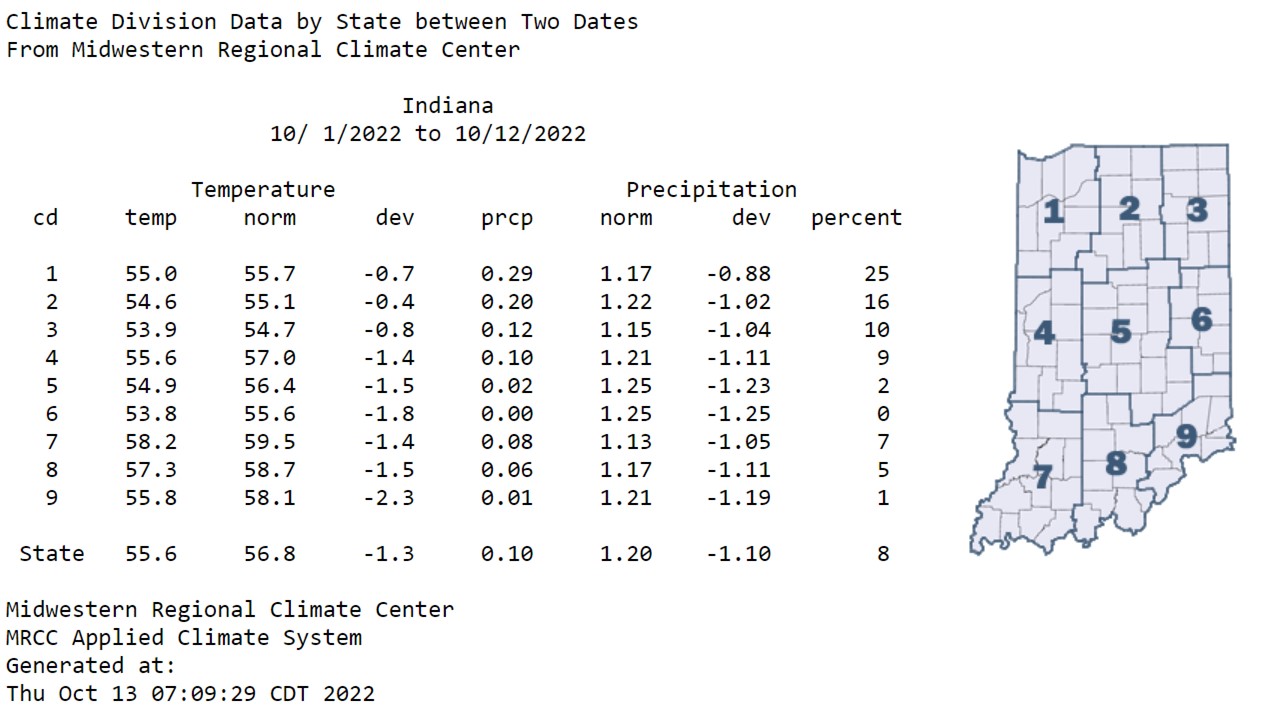Though this is one of the strangest, most challenging years, the Pest&Crop authors haven’t stopped providing updated information.
Though this is one of the strangest, most challenging years, the Pest&Crop authors haven’t stopped providing updated information.

During the heat of planting, one thing that often can be forgotten is thoroughly checking and understanding two items, 1) what seed depth am I planting at? and 2) is my seeding depth consistent, especially across all of my individual row units?

Along the way it was easy to see the beige-bronze warm-season perennial bunchgrass broomsedge bluestem (Andropogan virginicus) in many grass-dominant pastures and hayfields.
Though this is one of the strangest, most challenging years, the Pest&Crop authors haven’t stopped providing updated information.
The Heart of America Grazing Conference will take place from February 20th to 21st, 2023, at the Ferdinand Community Center in Ferdinand, IN. Hosted by the Indiana Forage Council (IFC), with input from Purdue Extension, the annual event will feature forage and grazing experts from across the nation. Speakers will lead discussions on cutting-edge research in grazing, soil science, and grazing options with cattle and small ruminants, among other key topics. Keith Johnson, professor of agronomy at Purdue University, says “Participants will have the opportunity to interact with a team of presenters on what is needed to develop and put in place an effective grazing plan.” He continues, “Ways to improve grazing efficiency, how to develop and maintain healthy soil, and important recordkeeping items will be shared. There will be ample opportunity to interact with input providers at the tradeshow and to make connections with other attendees.” Highlighted speakers include[Read More…]

Purdue’s 2023 Crop Management Workshop

Field research trials are an important part of understanding how specific agronomic practices can improve farm productivity.

Chance for above-normal precipitation in about 2 weeks, but for this time of the year, that doesn’t mean much.

Fall has brought cooler weather through the first twelve days of October.
Sample to the proper depth and retain the whole soil core to get a representative soil sample.
© 2026 Purdue University | An equal access/equal opportunity university | Copyright Complaints | Maintained by Pest&Crop newsletter
If you have trouble accessing this page because of a disability, please contact Pest&Crop newsletter at luck@purdue.edu.